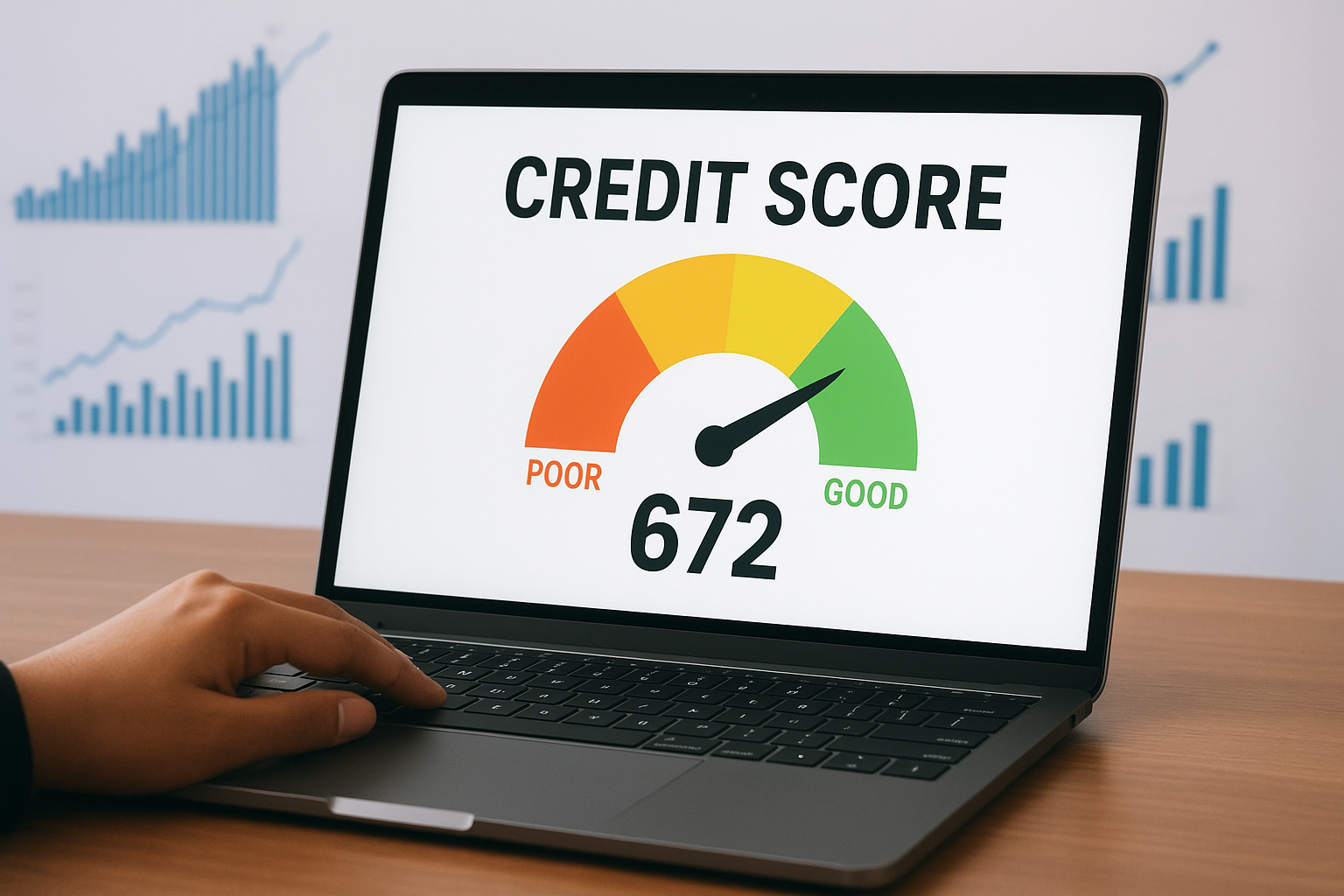Introduction
Credit rebuilding strategies are essential for anyone recovering from financial setbacks such as missed payments, high debt, or bankruptcy. A poor credit score can affect nearly every area of your life—it determines whether you qualify for a loan, the interest rates you pay, and sometimes even job or housing opportunities.
The good news? Credit damage is not permanent. With the right knowledge and consistent action, you can rebuild your credit score, restore your financial health, and gain access to better opportunities. In this comprehensive guide, we’ll explore seven proven credit rebuilding strategies that can help you take back control of your financial future.
Why Credit Rebuilding Strategies Matter
Before diving into actionable steps, it’s important to understand why credit rebuilding strategies are so impactful.
-
Improved Loan Approval Chances: Lenders view a higher credit score as a sign of financial responsibility.
-
Lower Interest Rates: A strong credit profile can save you thousands over the life of a loan.
-
Better Housing Opportunities: Many landlords check credit before renting.
-
Career Opportunities: Some employers consider credit history when making hiring decisions.
A bad credit score doesn’t have to define you forever. By following structured credit rebuilding strategies, you can prove your reliability and move toward long-term financial stability.
1. Review and Dispute Credit Report Errors
The first step in any credit rebuilding strategy is understanding where you stand. Many people don’t realize that errors on their credit report can drag down their score. According to a Federal Trade Commission (FTC) study, one in five consumers had errors that could affect their credit scores.
Action Steps:
-
Request free reports from AnnualCreditReport.com.
-
Check for inaccuracies such as duplicate accounts, outdated balances, or incorrect late payments.
-
File disputes with the credit bureaus (Experian, Equifax, TransUnion) to correct errors.
Fixing mistakes alone can boost your score significantly—a foundational credit rebuilding strategy you can’t skip.
2. Pay Bills on Time, Every Time
One of the most effective credit rebuilding strategies is consistently paying bills on time. Payment history makes up 35% of your FICO score, making it the single largest factor.
How to Implement:
-
Set up automatic payments or reminders to avoid late fees.
-
Prioritize at least the minimum payment if you can’t pay in full.
-
Catch up on overdue accounts as quickly as possible.
Even six months of on-time payments can start to show results in your credit score.
3. Lower Credit Utilization Ratio
Your credit utilization ratio—the percentage of credit you’re using compared to your total available limit—makes up about 30% of your credit score. Lowering this number is one of the fastest credit rebuilding strategies.
Best Practices:
-
Keep utilization under 30% (ideally below 10%).
-
Request a credit limit increase from your card issuer, but avoid additional spending.
-
Pay off balances multiple times per month to reduce reported usage.
By managing utilization wisely, you demonstrate responsible credit behavior.
4. Use a Secured Credit Card
For people with damaged or no credit history, a secured credit card is an excellent credit rebuilding strategy. Unlike regular credit cards, these require a refundable deposit that serves as your credit limit.
Why It Works:
-
On-time payments are reported to major credit bureaus.
-
Builds positive history without the risk of overspending.
-
After responsible use, many issuers upgrade you to an unsecured card.
Pro Tip: Choose a card with no annual fee and ensure it reports to all three bureaus.
5. Become an Authorized User
Another overlooked credit rebuilding strategy is becoming an authorized user on someone else’s account. If a trusted family member or friend with good credit adds you to their card, their positive payment history can reflect on your report.
Benefits:
-
Immediate impact from their long credit history.
-
No need for your own credit approval.
-
Helps balance your utilization ratio.
Important: Ensure the primary user practices responsible credit habits, or it could harm your score instead.
6. Diversify Your Credit Mix
Credit bureaus favor consumers with a variety of credit types, such as credit cards, installment loans, and retail accounts. Adding diversity—without overextending—is a smart credit rebuilding strategy.
Options to Consider:
-
Small credit-builder loans from community banks or credit unions.
-
A low-limit retail or gas card.
-
Maintaining a mix of revolving and installment credit.
Lenders like to see that you can manage different forms of debt responsibly.
7. Monitor Your Progress and Stay Consistent
The most powerful credit rebuilding strategy is persistence. Rebuilding credit doesn’t happen overnight—it requires months (sometimes years) of consistent action.
Ongoing Steps:
-
Use apps like Credit Karma or your bank’s credit tracker to monitor progress.
-
Celebrate small wins, like hitting milestones (e.g., moving from “Poor” to “Fair”).
-
Avoid quick fixes or “credit repair scams” that promise instant results.
Consistency is the foundation of long-term success.
Common Mistakes to Avoid in Credit Rebuilding Strategies
-
Closing old accounts: This can shorten your credit history and hurt your score.
-
Applying for too many new accounts: Each inquiry can lower your score.
-
Falling for credit repair scams: Stick to legitimate credit rebuilding strategies.
-
Ignoring debt collectors: Unresolved collections can harm your credit for years.
Internal Links (for your site “activewithus”)
External DoFollow Links
Conclusion
Rebuilding your credit is a journey, but it’s absolutely achievable with the right plan. These seven credit rebuilding strategies—from disputing errors to managing utilization and using secured cards—are proven, practical steps that can transform your financial future.
With patience, discipline, and the strategies outlined in this guide, you can rebuild your credit score, regain financial freedom, and open doors to better opportunities.




